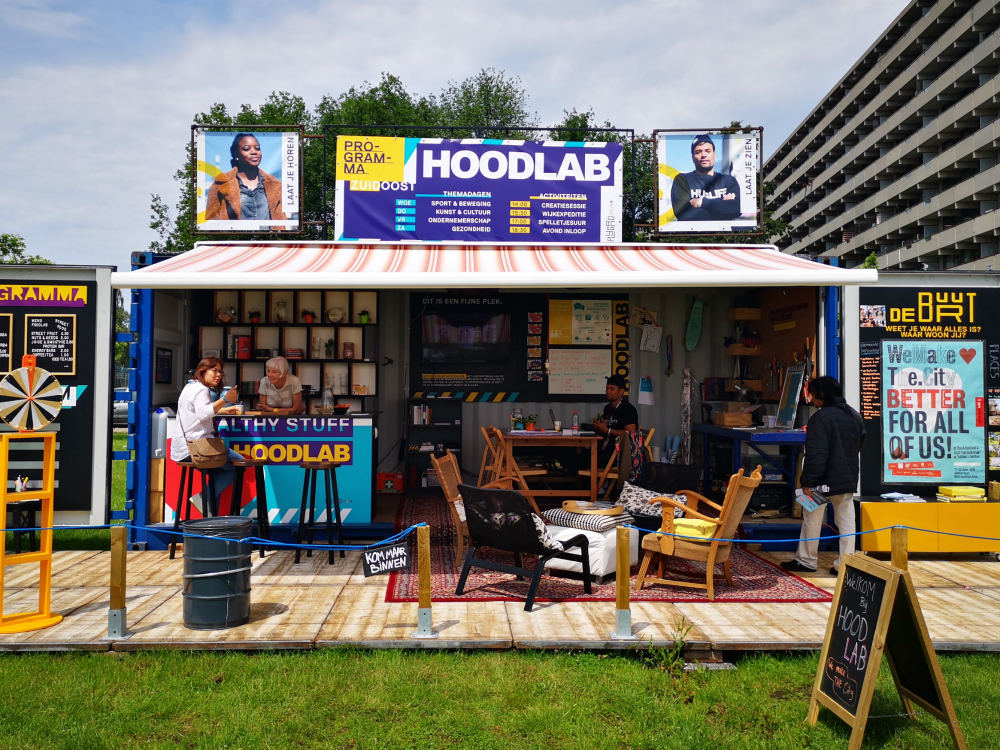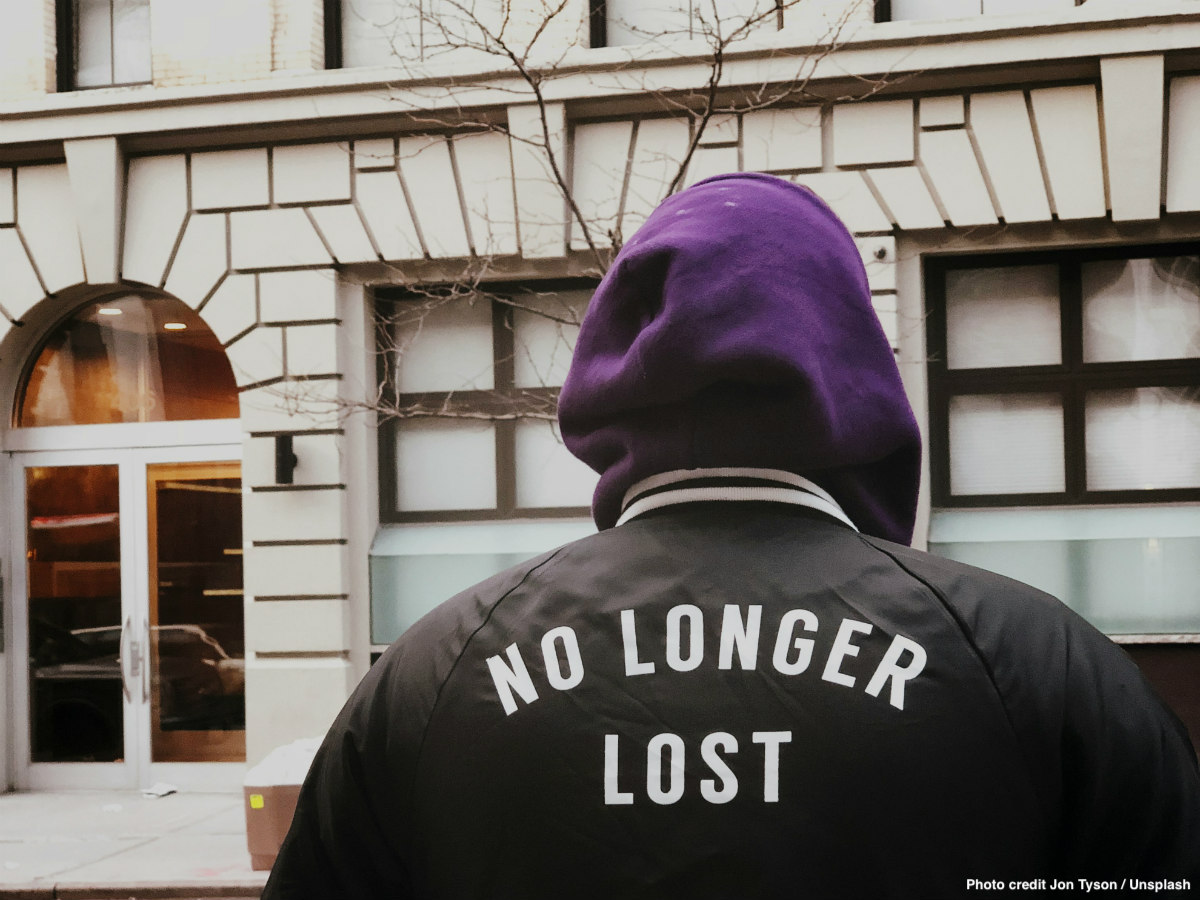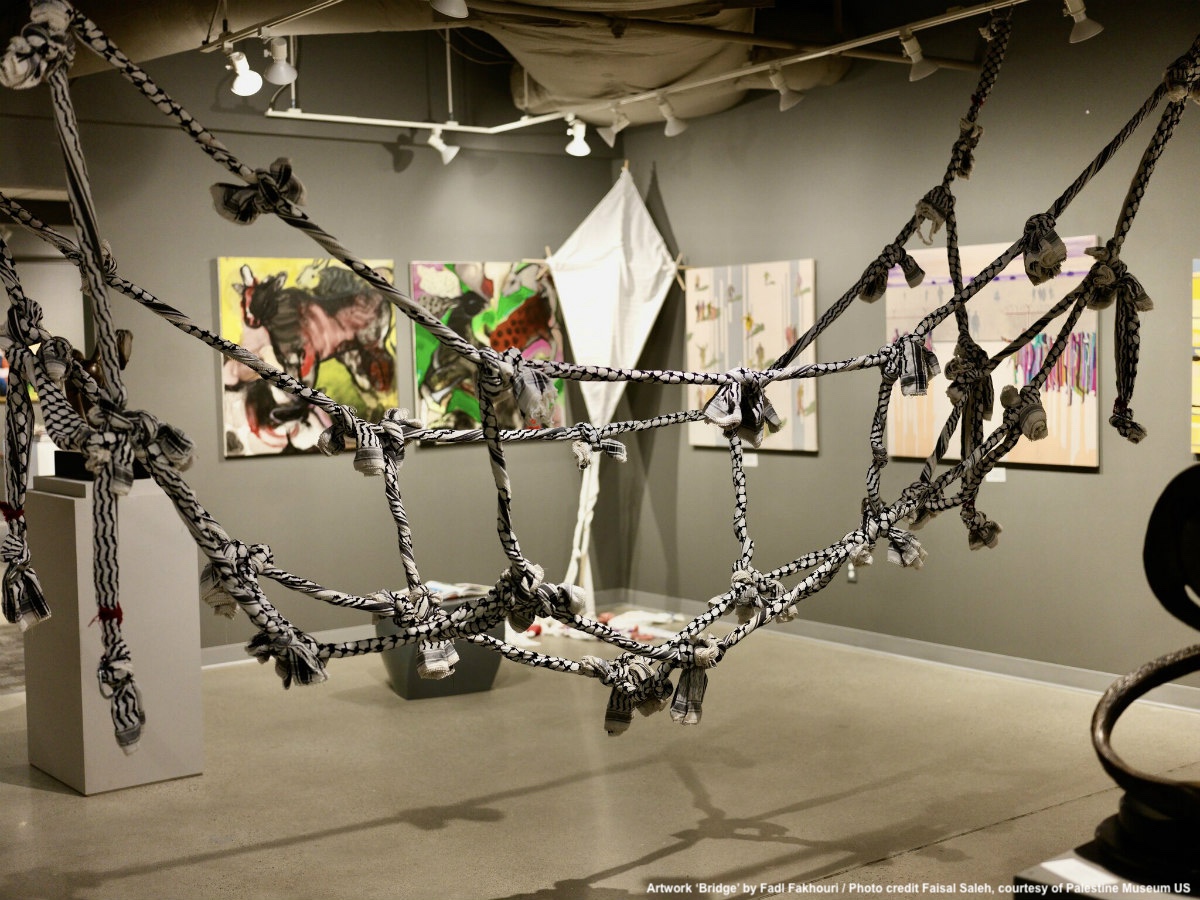The K-Buurt or K-neighbourhood is located around Amsterdam-Zuidoost’s Kraaiennest subway station. This community in the suburbs of Amsterdam has demanded recognition from the city since they founded Hart voor de K-Buurt (Heart for the K-Neighbourhood), a local multicultural community network of neighbours who are finding consensus language to assert power over the future of its own neighbourhood.
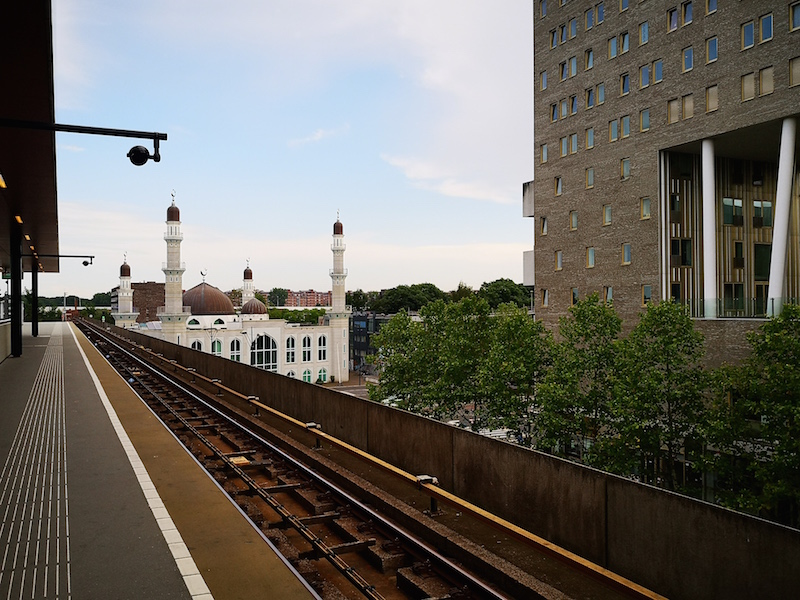
K-Buurt is a melting pot of cultures where some aged Dutch ladies are a minority themselves. The people on the streets are of African origin or from other former Dutch colonies like Suriname. Close to the subway station is the big mosque Taibah, not far away a church and even the award-winning apartment building Kleiburg is here.
When Mike Brantjes came to live in this neighbourhood for the first time after suffering a severe burnout, it was a revelation for him coming from the front of society and falling to the back, as he puts it.
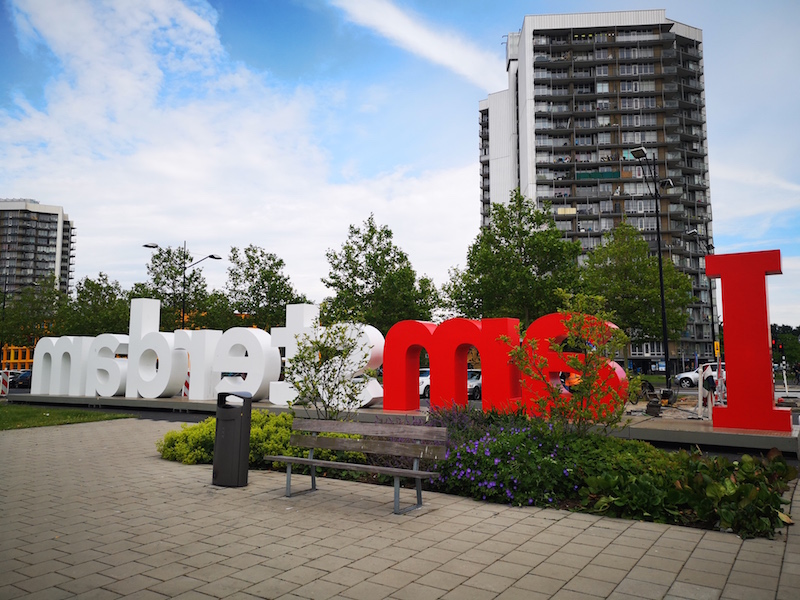
The neighbourhood was in the middle of important developments that were driving a significant transformation of the urban environment. As part of this process, the city administration was organizing some public events trying to involve the neighbours in that process. Mike couldn’t believe that after three public discussion events, the city plans didn’t reflect the people’s inputs.
This disconnection made people lose trust in the citizens participation process, explains Mike. ‘The people in charge of this neighbourhood at the city government came here and piled on lots of ideas but they never understood the real needs and what it means to live on the fringe of the city. City officials still follow a patriarchal system of taking care of the immigrants who came in the 60s’ and 70s’. But in fact they are grow-ups and they have to be handled as such’.
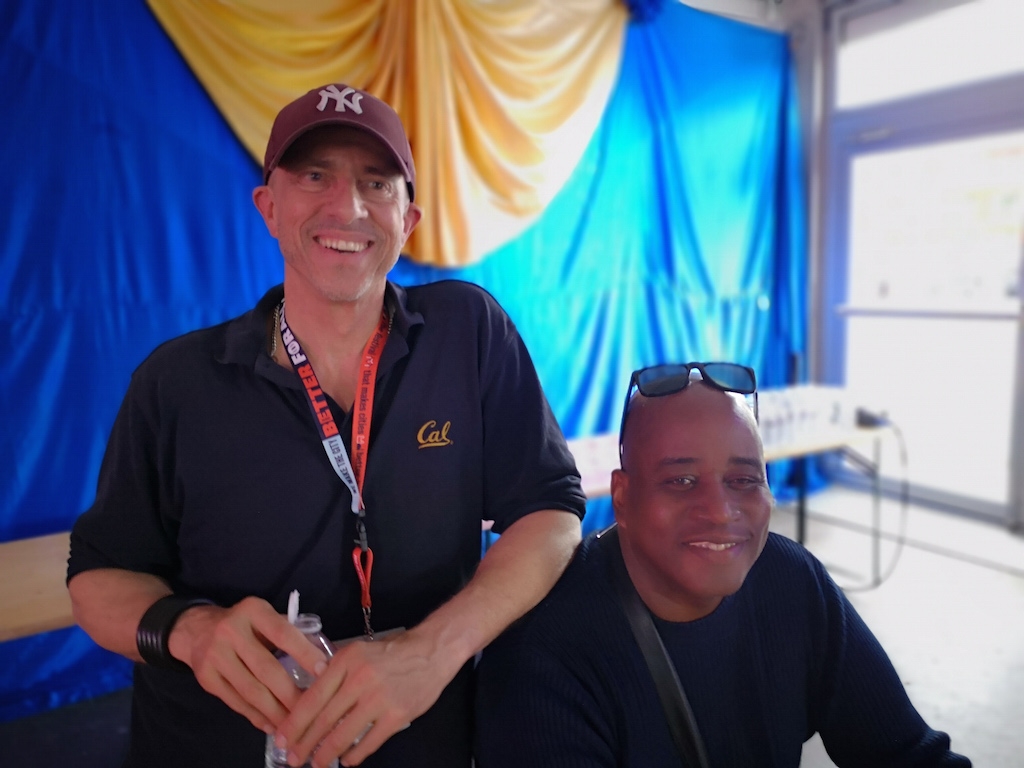
First Mike mobilized his building and became a commissioner representing the community. When plans for the metro line came, which would have had a big impact on the neighbourhood, Mike started changing things by showing their teeth to the government. They decided to withdraw from the conversation with the City of Amsterdam, after numerous public evenings without results.
They founded the local network Hart voor de K-Buurt by a symbolic action of drawing a heart with people on the square that they wanted to save for demolition because it was just one of the only public squares where neighbours could have met.
The strike turned out to be a great success because the city government saw them more as a positive approach of city builders instead of a threat for the city plans. And specially, because Mike’s approach was downplaying frictions among different minorities to bring neighbours together for a common purpose, their neighbourhood.
Since then Mike has been exploring through bold actions how to engage the neighbours in a serious conversation about their neighbourhood and work together with the government in a constructive way. Those actions include from open sessions for anybody at the mosque and the church to motivating youngsters to run a rap station and use technology to make a movie about the new centre. A Hoodlab and a big tent to gather in have been placed in a green open space. ‘We need to attract people and bring them into the conversation with things that really appeal to them’, explains Mike.
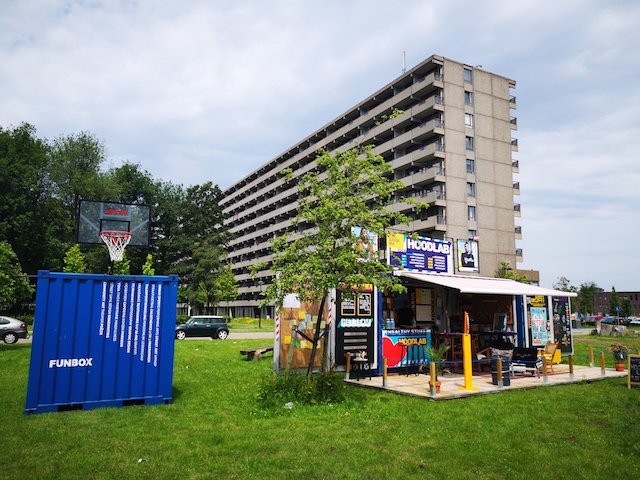
The disconnection among different minorities in the K-neighbourhood has been a big barrier for their development. By changing the mindset of the neighbours and making them feel that they can raise their voices and even participate in the design of a square, they understand the advantages of coming together to have more power.
In many disadvantaged neighbourhoods often citizens feel that the system has failed them. But Mike is telling the people, if the system fails you, then you change the system. He is empowering his neighbours to acknowledge that they can actually become a force to change the world, and certainly their city.
Mike’s initiative is not only about a citizen bottom-up participatory process for the neighbourhood, he is rather making it more democratic by relying on the values of equality and consensus to boost social integration.
Neighbours are drawing together conclusions of what they want to present to the city authorities. They are building a unique heart for the K-Buurt neighbourhood.
